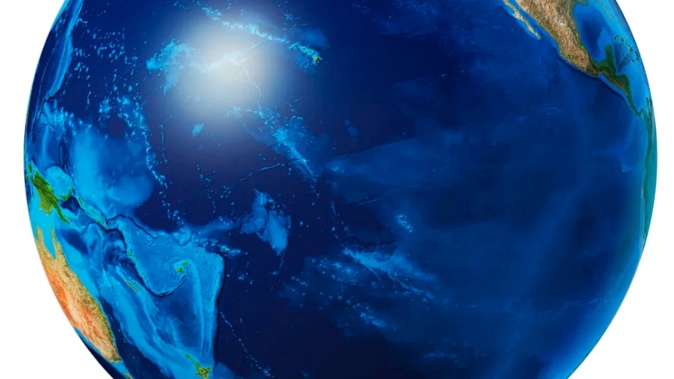
By Caleb Fotheringham of RNZ
The National Institute of Water and Atmospheric Research (Niwa) in New Zealand expects nine to 14 cyclones this season - nine being the long-term average.
Four to eight of these are expected to be severe with sustained winds surpassing 119 kilometres per hour.
Niwa meteorologist Ben Noll said El Nino had increased the risk.
During the 1982/83 El Nino, there were 10 severe cyclones in the South Pacific.
“It’s not just the number or the count of cyclones this year that we need to be aware of, but potentially some of these storms being on the stronger end of the spectrum,” Noll said.
“El Nino, it does tend to enhance the risk for cyclone activity near and east of the International Dateline, so for countries like Fiji, the Cook Islands, and many in between.”
Niwa’s Southwest Pacific Tropical Cyclone Outlook said Vanuatu, Fiji and the northern Cook Islands all had an elevated risk of cyclone activity.
Fiji, Wallis and Futuna and Tonga are expected to see between three to four cyclones, while the Cook Islands, Niue, Samoa and Tokelau can expect two to three.
/cloudfront-ap-southeast-2.images.arcpublishing.com/nzme/RJRPZI5CWZCENIWHYB4CSNNHHY.png)
Niwa meteorologist Ben Noll. Photo / Michael Craig
Noll warned cyclone season was “on our doorstep”.
He advised Pacific Islanders to stay in touch with their national meteorological service.
“It doesn’t necessarily take a cyclone to be right next to your island group to actually have an impact,” Noll said.
“Sometimes distant cyclones, hundreds of kilometres away, can influence the weather in a distant island.
“That could come in the form of elevated sea or swell, and can cause inundation, even if the cyclone is quite a distance away from you.”
The Pacific has just come out of a triple-dip La Nina - which has the opposite effect to El Nino.
La Nina is the cooling phase whereas El Nino is the warming phase of the waters in the eastern Pacific, off the coast of South America.
“What can happen during El Nino is there may be some island groups that actually experience drought or extremely dry conditions,” Noll said.
“It’s compounding extremes that can be really difficult to deal with - you need the water but you don’t need all the water at once.”
While increasing the risk to the east, countries in the west like Papua New Guinea and New Caledonia would likely see fewer cyclones, Noll said.
The Cook Islands Meteorological Services director, Arona Ngari, told Cook Islands News El Nino is “known to cause damage to our communities and impact the livelihoods of our people”.
“The Government, through Emergency Management Cook Islands (EMCI) and other relevant agencies, along with community groups and NGOs, should escalate tropical cyclone preparedness activities and response planning,” Ngari told the newspaper.
“All communities should remain alert and well-prepared for the upcoming El Nino cyclone season and potential severe tropical cyclone events.”
People living in Fiji are also being told to prepare.
FBC News reports the Minister for Meteorological Services, Ro Filipe Tuisawau, said one or two of the cyclones this year are expected to be above Category Three or more.
- RNZ
Take your Radio, Podcasts and Music with you









